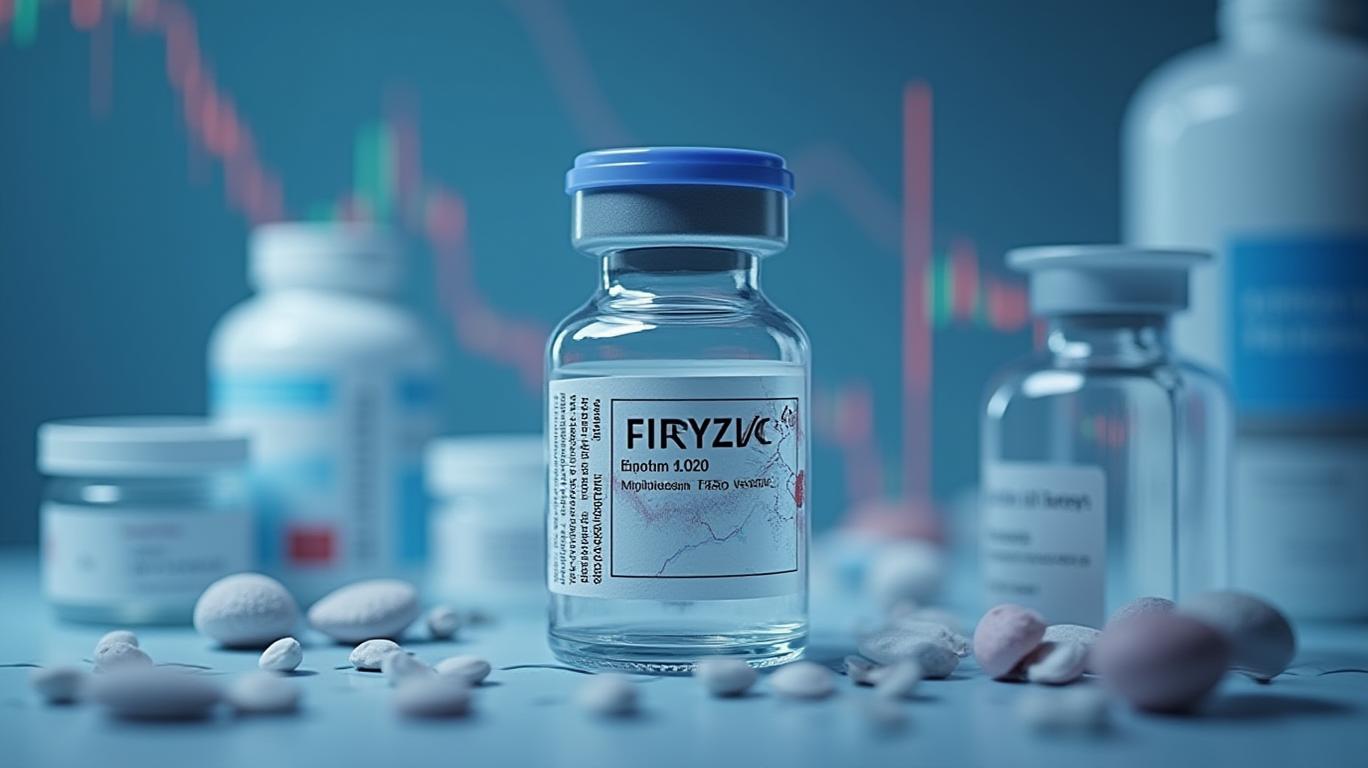Is Pfizer Inc. (PFE) The Most Profitable Cheap Stock to Buy Now?
Pfizer (PFE) has long been a pillar of the pharmaceutical industry, but its post-pandemic trajectory has sparked debate: Is it a "cheap" stock offering outsized profit potential, or a relic of a bygone era? Let’s dissect the data to find out.

Valuation: High Dividend Yield vs. Elevated P/E
Pfizer’s valuation metrics present a paradox. Its P/E ratio of 30.88x as of May 2025 (up sharply from 15.08x in July 2024) suggests investors are pricing in growth expectations, even as pandemic-era revenue drivers like Paxlovid wane. Yet, its 7.5% dividend yield—among the highest in the sector—offers a compelling income play.
The P/E premium isn’t without justification. Pfizer’s cost-cutting measures and pipeline progress (e.g., oncology and obesity drugs) have stabilized margins. However, skeptics argue the stock isn’t "cheap" by traditional metrics. The dividend yield, however, makes it a standout in a low-interest-rate environment.
Financial Performance: Navigating Headwinds
Pfizer’s Q1 2025 earnings showed a 75% drop in Paxlovid sales, but it reaffirmed full-year profit guidance. Net income rose due to cost reductions and strong performance in core therapies like Eliquis (anticoagulant) and Vyndaquel (amyloidosis). Analysts note that non-COVID revenue now accounts for over 90% of total sales, signaling a smoother path ahead.
Analyst Sentiment: Moderate Buy, Wide Price Target Range
Analysts are cautiously bullish. The consensus is a “Moderate Buy” with an average 12-month price target of $27.69 (14% upside from $24.20 in early May). Bulls like Morgan Stanley ($31) and DBS ($30) highlight Pfizer’s diversified pipeline and margin resilience. Bears, such as Goldman Sachs (downgraded to Neutral with a $25 target), cite slowing revenue growth and competitive pressures.
Risks to Consider
- Paxlovid’s Decline: The drug’s 2022 peak sales of $18 billion are gone, and its contribution to 2025 revenue is negligible.
- Trade Policy Uncertainty: CEO Albert Bourla has warned that U.S. tariffs could deter domestic manufacturing investments.
- Pipeline Execution: The obesity drug dangulipron faces stiff competition from Novo Nordisk’s Ozempic, and regulatory hurdles linger.
Conclusion: A Balanced Buy for Income and Growth
Pfizer isn’t a “cheap” stock by P/E multiples, but its 7.5% dividend yield and diversified pipeline (oncology, RSV, obesity) justify its appeal. With a historical beat rate of 100% on earnings estimates and a 14% upside to the average price target, PFE offers a blend of income and growth.
However, investors must acknowledge risks. The stock’s valuation hinges on execution in high-growth areas and navigating macroeconomic headwinds. For a conservative investor seeking dividends and modest growth,
fits the bill. For aggressive traders, the RSV vaccine rollout and dangulipron’s potential could amplify returns.In short, Pfizer is no “value trap”—its fundamentals are strong enough to warrant a buy, but not a “buy the dip” frenzy. Proceed with the conviction that its pipeline will offset pandemic-era declines, and let the 7.5% dividend sweeten the deal.
Final Verdict: Hold for the income, but set realistic expectations for growth.

Comments
No comments yet